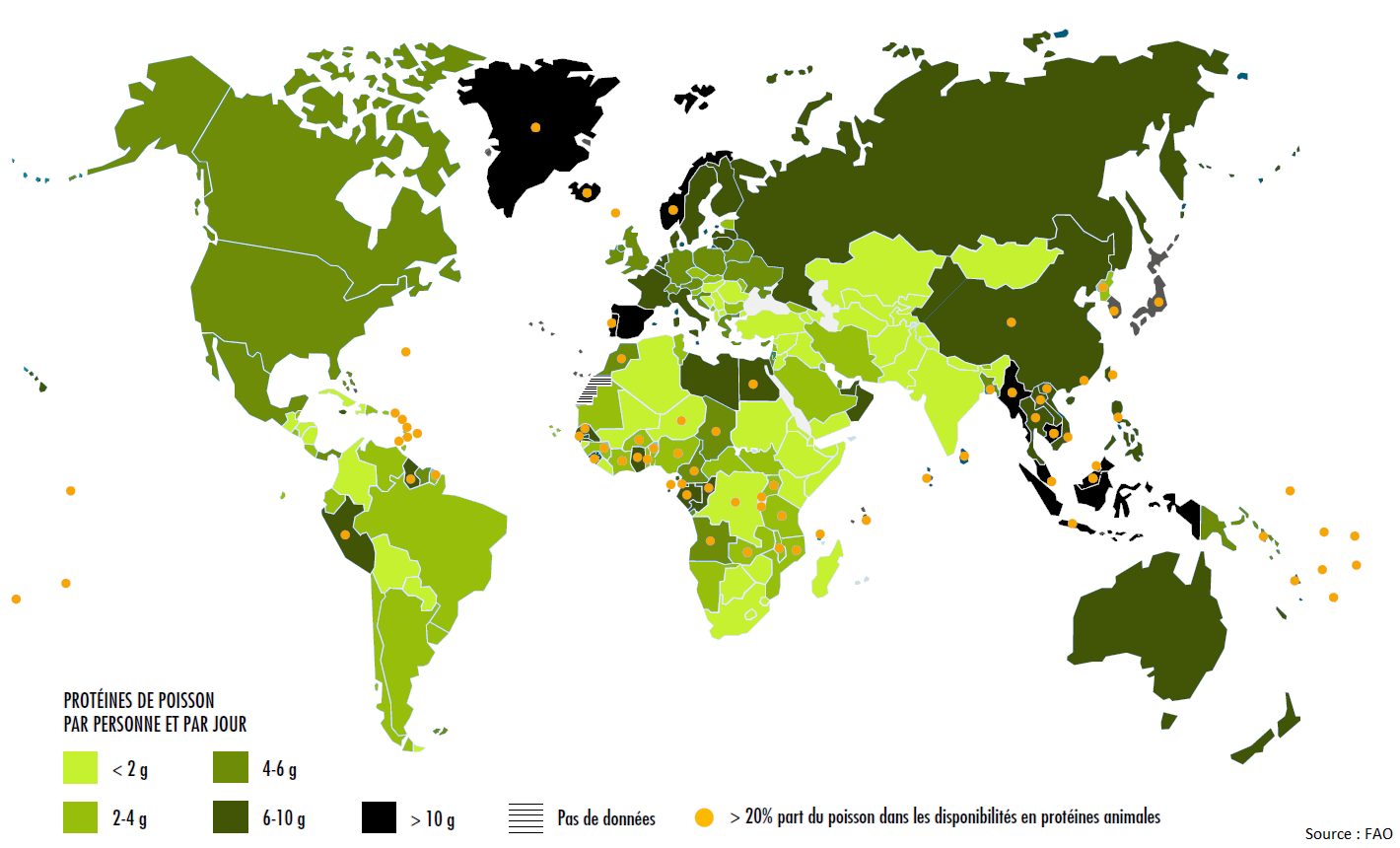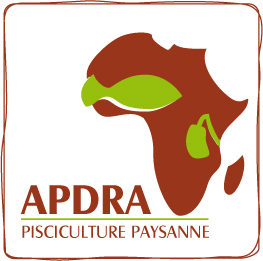An activity in global expansion
For now three decades, pisciculture production has shown constant growth. It counterbalances the combined factors of a stall in the fishing activity (maritime and continental) and of the demographic growth. As per a report of the FAO on the State of the World Fisheries and Aquacultures (2018), pisciculture has provided for 47% of the world fish consumption in 2016.
The development of the pisciculture enables us to respond to the feeding needs of an ever-growing world population. Despite this, in most of the African Countries, such activity is scarcely developed. Global evolution of fisheries and fish farming between 1996 and 2016
Global evolution of fisheries and fish farming between 1996 and 2016(Source : FAO, 2018)
A mean to fight malnutrition and reinforce food safety
As per the FAO, at a global level, in 2007, fish has guaranteed to more than 3 billion people at least 15% of their animal protein intake. In Sub Saharan Africa, as per the Fisheries and Aquaculture statistical study (FAO 2009), fish is one of the basic nutriment and this notwithstanding its relatively small yearly consumption – 13.1 Kg of fish per inhabitant per year. It contributes on average for 23% of the animal protein intake (34% in humid tropical Africa).
In contrast to the high price of meat and the mediocre quality of smoked or imported frozen fish, live fish living in pisciculture ponds is a highly attractive product. In addition, its production at a local level allows to secure enough supply and to diversify the production.

Share of fish in the availability of animal protein
(average 2013-2015)
|
Fish is the first protein of animal origin consumed
in humid tropical Africa |


